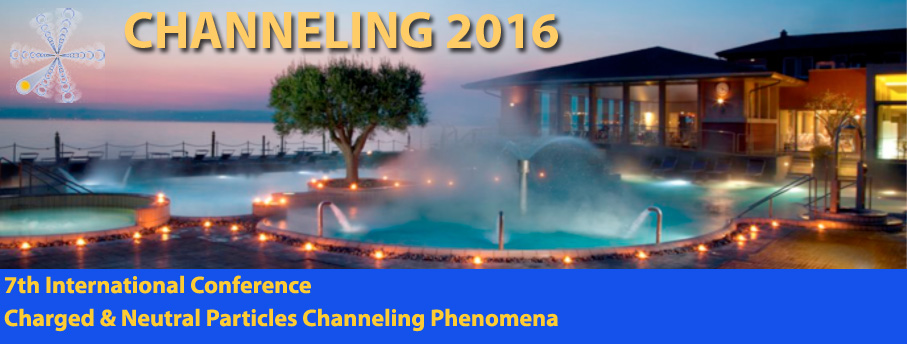Speaker
LAURA BANDIERA
(FE)
Description
As a charged particle beam is aligned with one of the main axes of a slightly bent crystal, most of the particles follows the crystal curvature due to multiple scattering with bent crystal axes. This effect is called stochastic deflection and occurs under some circumstances. Indeed, in the case of positively charged particles, a portion of the beam may relax from the axial confinement to planar channeling. The mechanism of such relaxation and its implications are investigated through experimental work at the extracted line H8 from CERN Super Proton Synchrotron [1]. Two bent crystals were selected for the purpose, the first to meet the condition for stochastic deflection, the second, with a smaller bending radius, not to meet it. The experimental results were critically compared to computer simulations, which numerical integrate the equation of motion of each beam particle in the field of continuum potential and also takes into account the contribution of incoherent scattering with the nuclei and the electrons of the crystal. We introduced a physical quantity, named relaxation length, which determines the characteristic length for relaxation from axial confinement to planar channeling in a bent crystal.
We firmly individuated a necessary condition for the exploitation of axial confinement or its relaxation for particle beam manipulation in high-energy accelerators. We demonstrated that with a short bent crystal, aligned with one of its main axis to the beam direction, it is possible to realize either a total beam steerer or a beam splitter with adjustable intensity. In particular, in the latter case, a complete relaxation from axial confinement to planar channeling takes place, resulting in beam splitting into the two strongest skew planar channels.
Primary author
LAURA BANDIERA
(FE)
Co-authors
Alessandro Berra
(MIB)
Alexei Sytov
(FE)
Andrea Mazzolari
(FE)
Daniela Lietti
(M)
Davide De Salvador
(LNL)
Enrico Bagli
(FE)
Erik Silvio Vallazza
(TS)
Giacomo Germogli
(FE)
Mr
Igor Kyryllin
(Akhiezer Institute for Theoretical Physics of National Science Center Kharkov Institute of Physics and Technology)
Michela Prest
(MIB)
Prof.
Nikolai Shul'ga
(Akhiezer Institute for Theoretical Physics of NSC KIPT)
Vincenzo Guidi
(FE)

